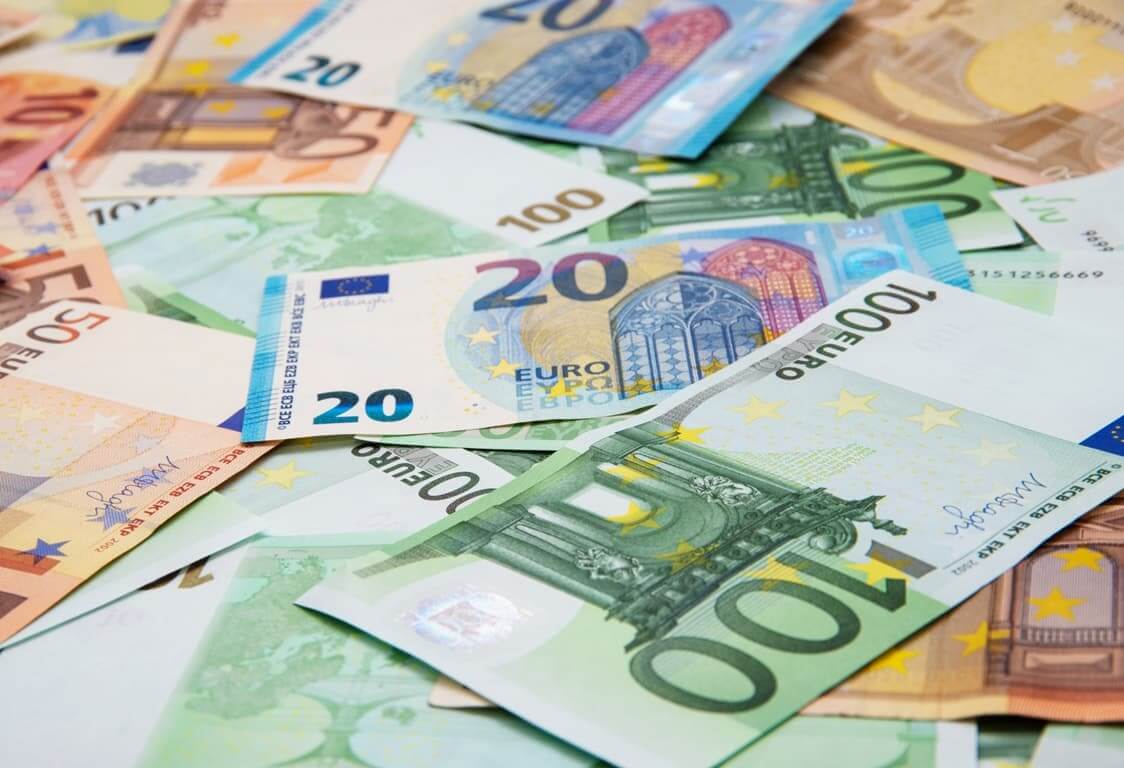
U.S. dollar declined Wednesday. What about Euro and Yen?
The U.S. dollar plummeted against the euro in a choppy trading session on Wednesday. However, its losses were capped as investors were hesitant to drive big moves ahead of a crucial European Central Bank policy decision on Thursday.
The common currency has skyrocketed by more than 3% in the last four trading sessions. Investors’ expectations that the ECB could deliver a big 50-bps rate increase supported the currency, along with a report that a key Russian gas pipeline would reopen at the scheduled time after maintenance.
John Doyle, the vice president of dealing and trading at Monex USA, noted that the euro popped on Tuesday on the slight possibility that the ECB would consider a 50-basis point increase. He thinks expectations of that have waned a bit on Wednesday morning, especially with the energy crisis returning to the headlines.
On Wednesday, the European Union told member states to cut gas usage by 15% until March. That is an emergency step. President Vladimir Putin warned recently that Russian supplies sent via the biggest pipeline to Europe could be reduced further, adding that they might even stop.
These events, the European Central Bank meeting and the Nord Stream 1 conduit reopening after a 10-day shutdown, are due tomorrow, leaving F.X. markets on tenterhooks.
According to Doyle, analysts expect the ECB only to hike 25 bps this month. However, the chance of an upside surprise will keep the EUR/USD pair choppy until the bank releases its decision.
How is the U.S. dollar faring?
The greenback traded about 0.1% lower against the common currency at $1.0234 on Wednesday. The dollar remained almost flat at 106.64 against a basket of currencies, though, not far from the two-decade high of 109.29 hits last week.
Furthermore, the U.S. currency declined by 0.1% against the Japanese yen at 138.04. Economists expect the Bank of Japan to stick to its dovish stance at its Thursday meeting.
Meanwhile, the British Pound steadied today against the greenback and euro. According to new data, British inflation soared to its highest rate in 40 years. But that’s only slightly above the forecast. Against the dollar, the sterling was flat at $1.20025.
On Wednesday, Brazilian stocks dragged Latin American shares into the red after Vale, one of the world’s largest miners, slashed its iron ore production forecast for this year. At the same time, Chile’s peso surged forward for a fourth consecutive day, breezing past the dollar.
Moreover, heavyweight Bovespa shares tumbled down by 1%, pushed lower by Vale SA’s 3% decline. Overall, Latam currencies plummeted by nearly 2% during this month. Chile’s peso led gains for a fourth consecutive session, though, trading at 915 to the greenback following an intervention by the South American nation’s central bank last week. The latter has sent the languishing currency higher by almost 15% since then.
What do the analysts say?
BMO Capital Markets analysts Greg Anderson and Stephen Gallo stated that the year’s high is already in for the USD-CLP pair. Despite that, they expect the pair to make another move back up toward 1000. An almost 2% surge in the price of copper, which is Chile’s top export, also bolstered the peso.
Anderson and Gallo also added that the U.S. dollar could drift lower next year as the U.S. rate increasing cycle abates. Still, they don’t expect much relief for the USD-CLP pair in recognition of a political situation. The latter will continue to require a larger risk premium than in the past. In addition, a balance of payments position will continue to be challenged in the future by Chile’s undiversified export basket.
Strong U.S. earnings bolstered the risk appetite, also easing some recession fears earlier in the session. However, fresh uncertainties stemming from the Ukraine crisis, as well as gas supplies, overtook the improved F.X. market mood.
Ukraine recently launched a formal consent solicitation to holders of its international bonds. It proposed a two-year debt freeze on most of its bonds and gave creditors until Aug. 9 to vote on the proposal.
Meanwhile, Brazil’s real plummeted by 0.3% today. Petrobras shaved off 0.1% after it stated that it would reduce gasoline prices at its refineries by about 5%. That prompted analysts to review their inflation projections for Brazil.
The CAF-Development Bank of Latin America also declared that it had approved $1.65 billion in financing for Argentina, Brazil, Paraguay, Trinidad, Peru, and Tobago.




